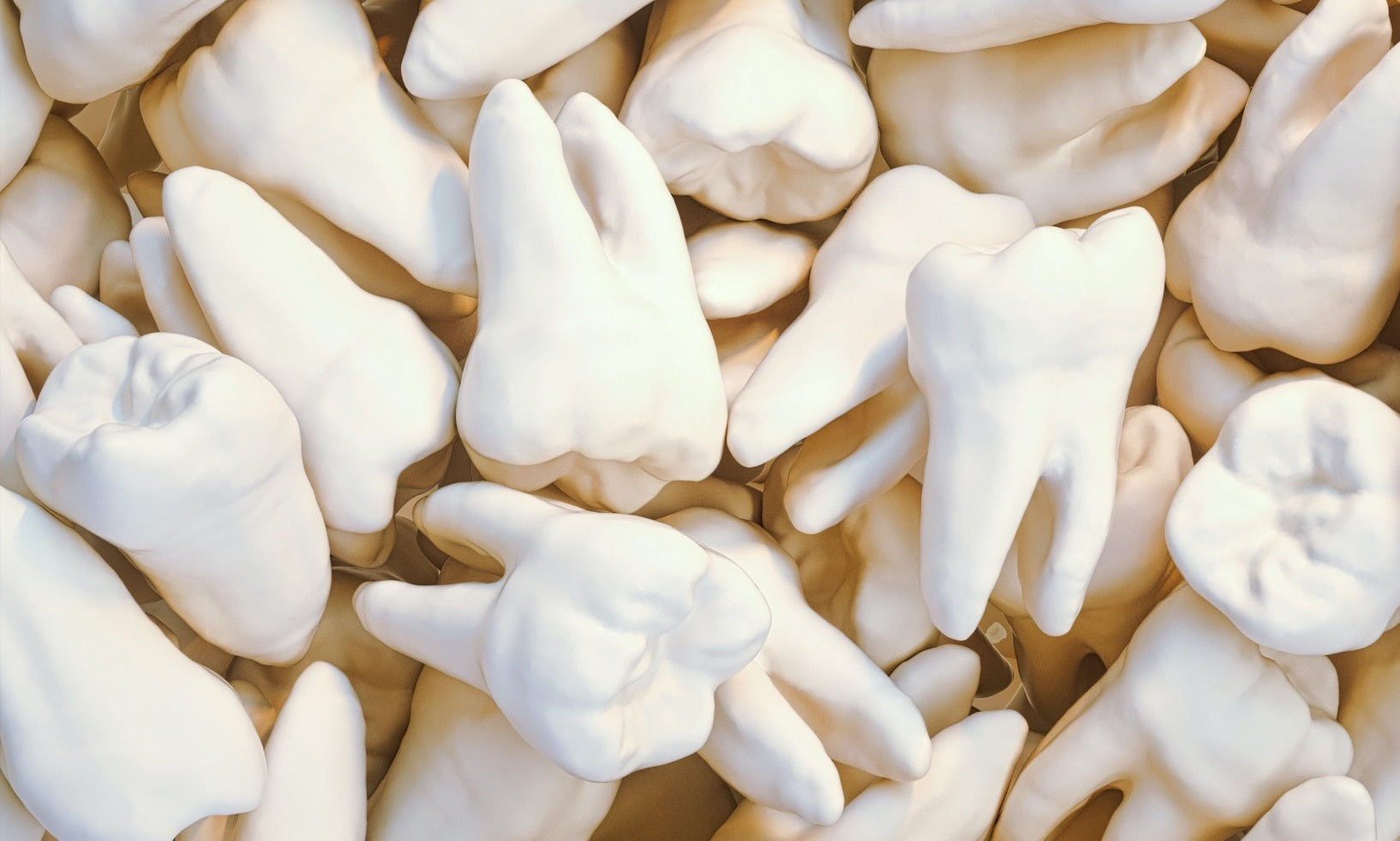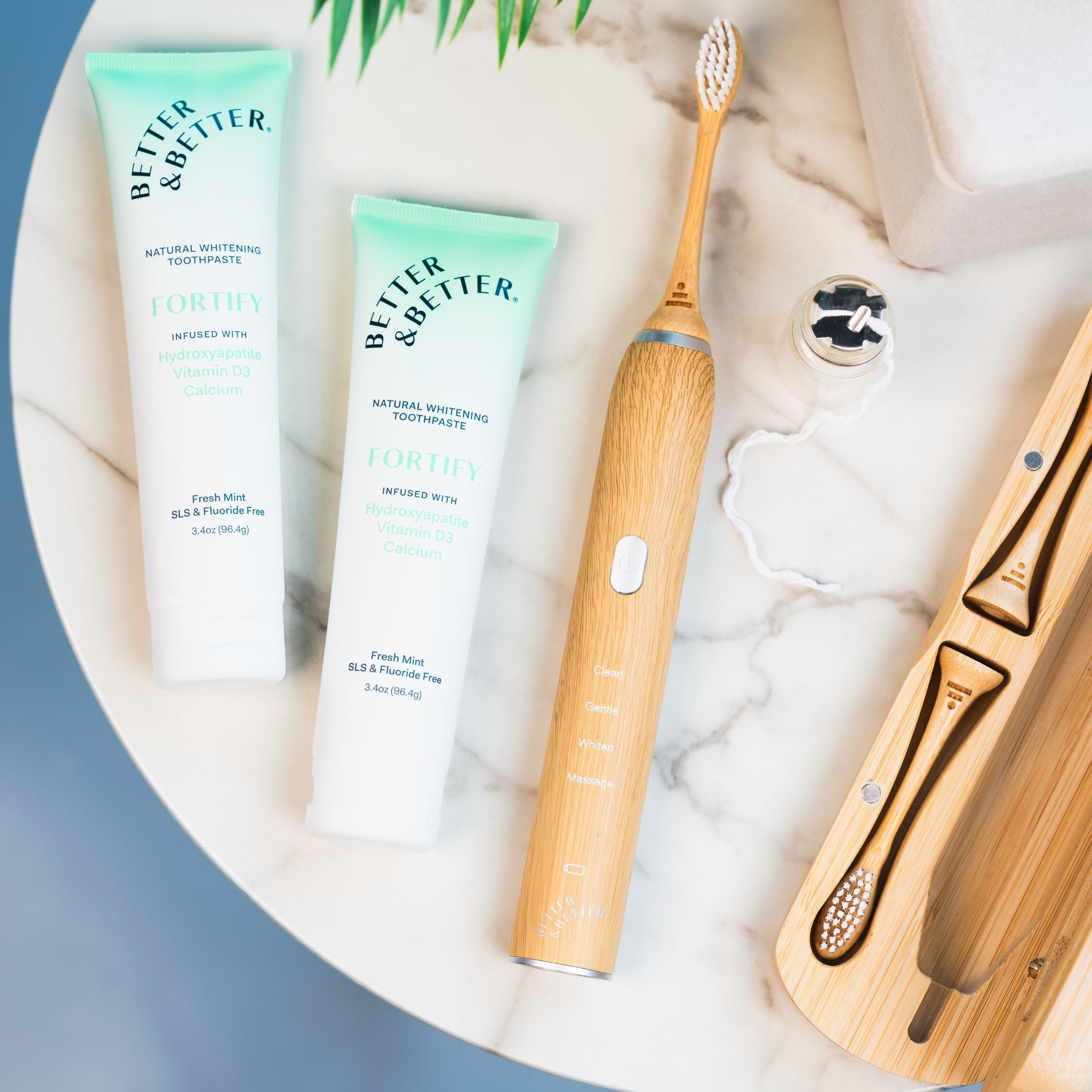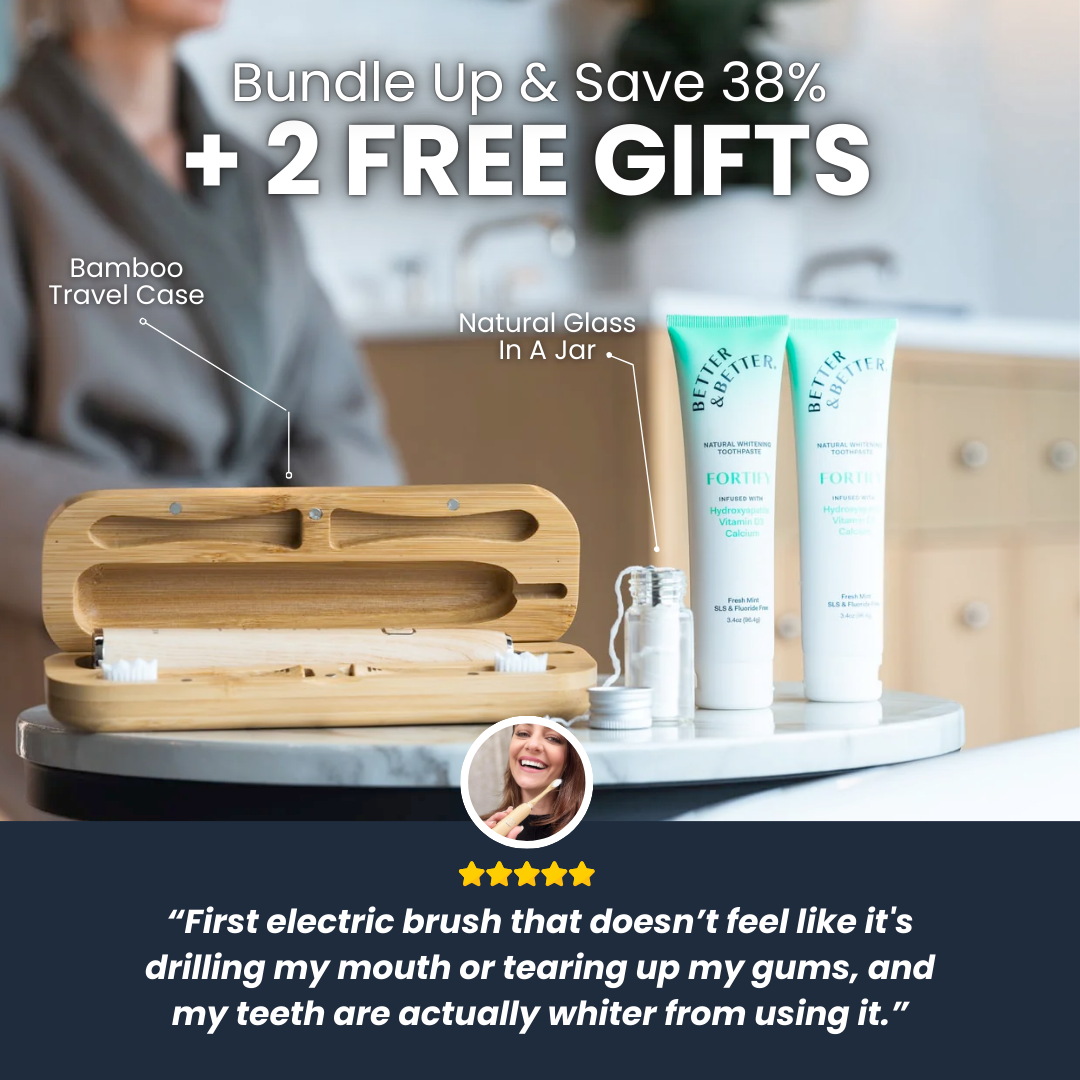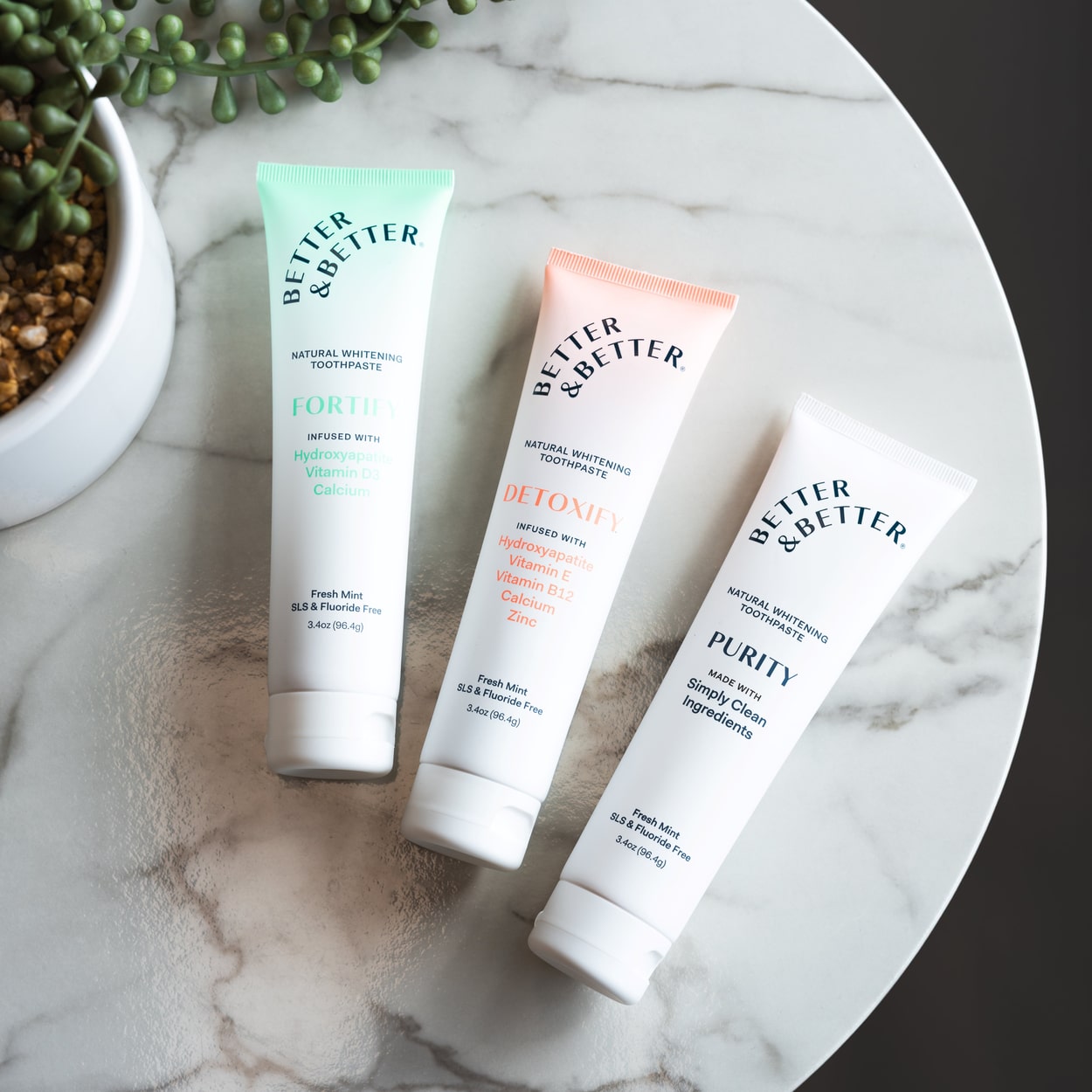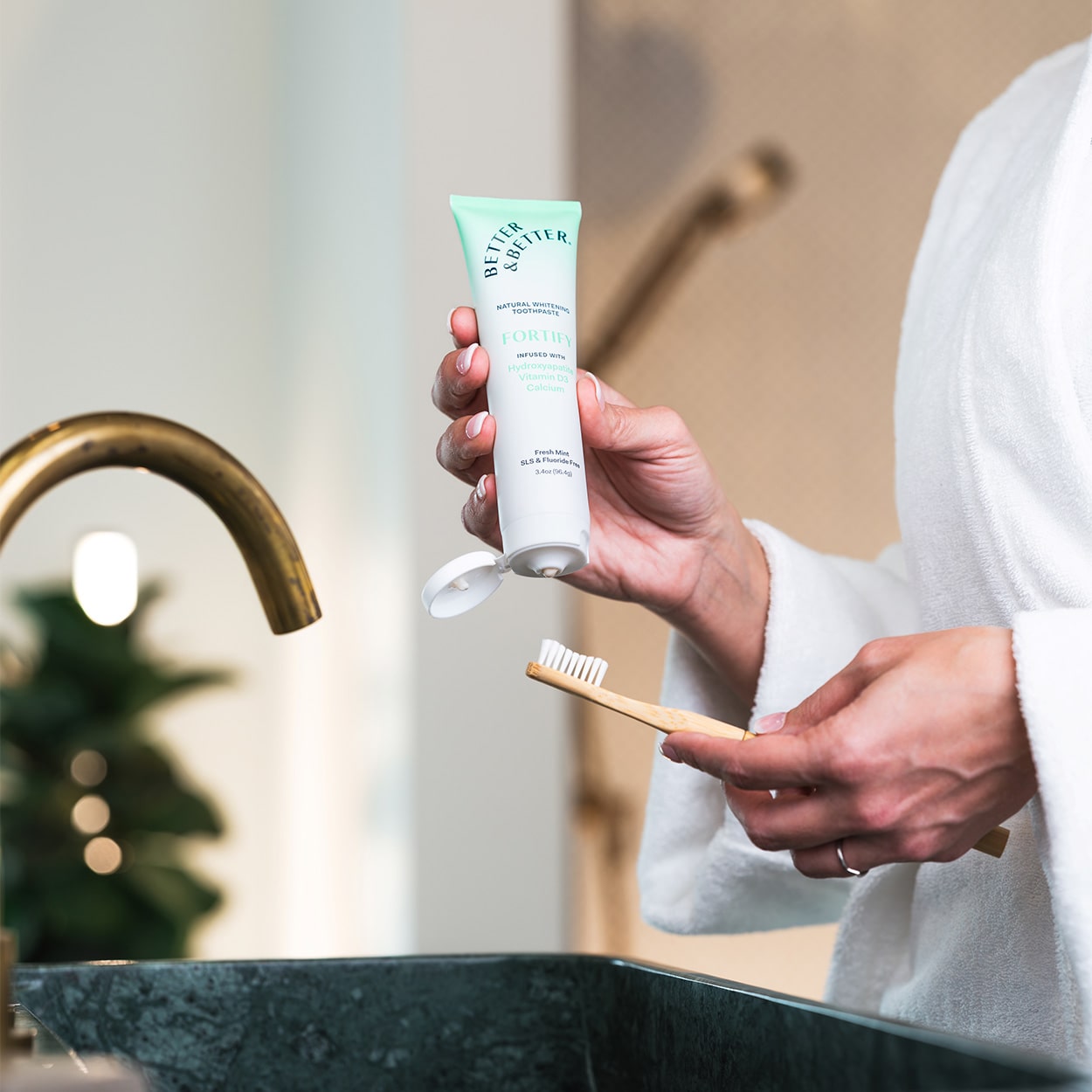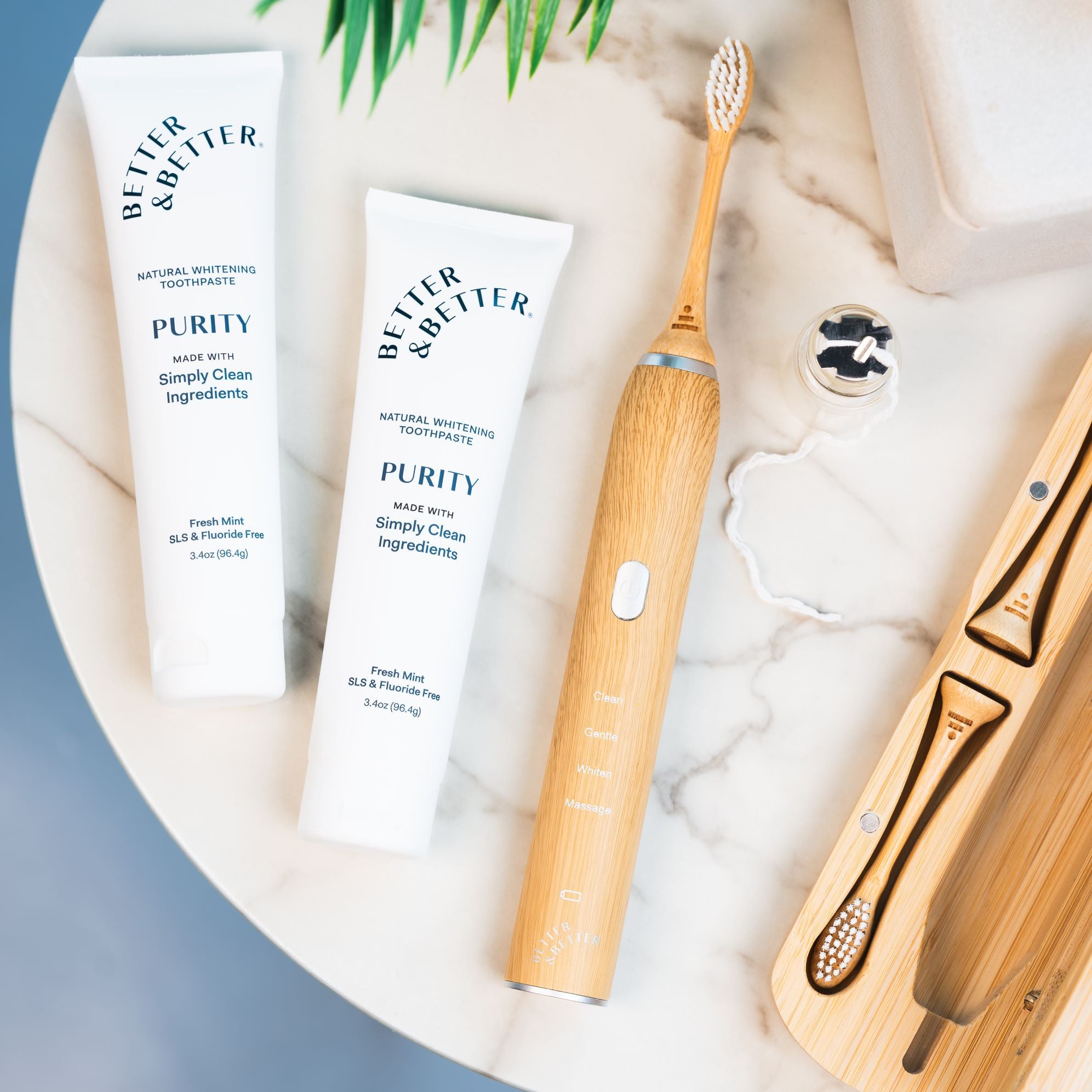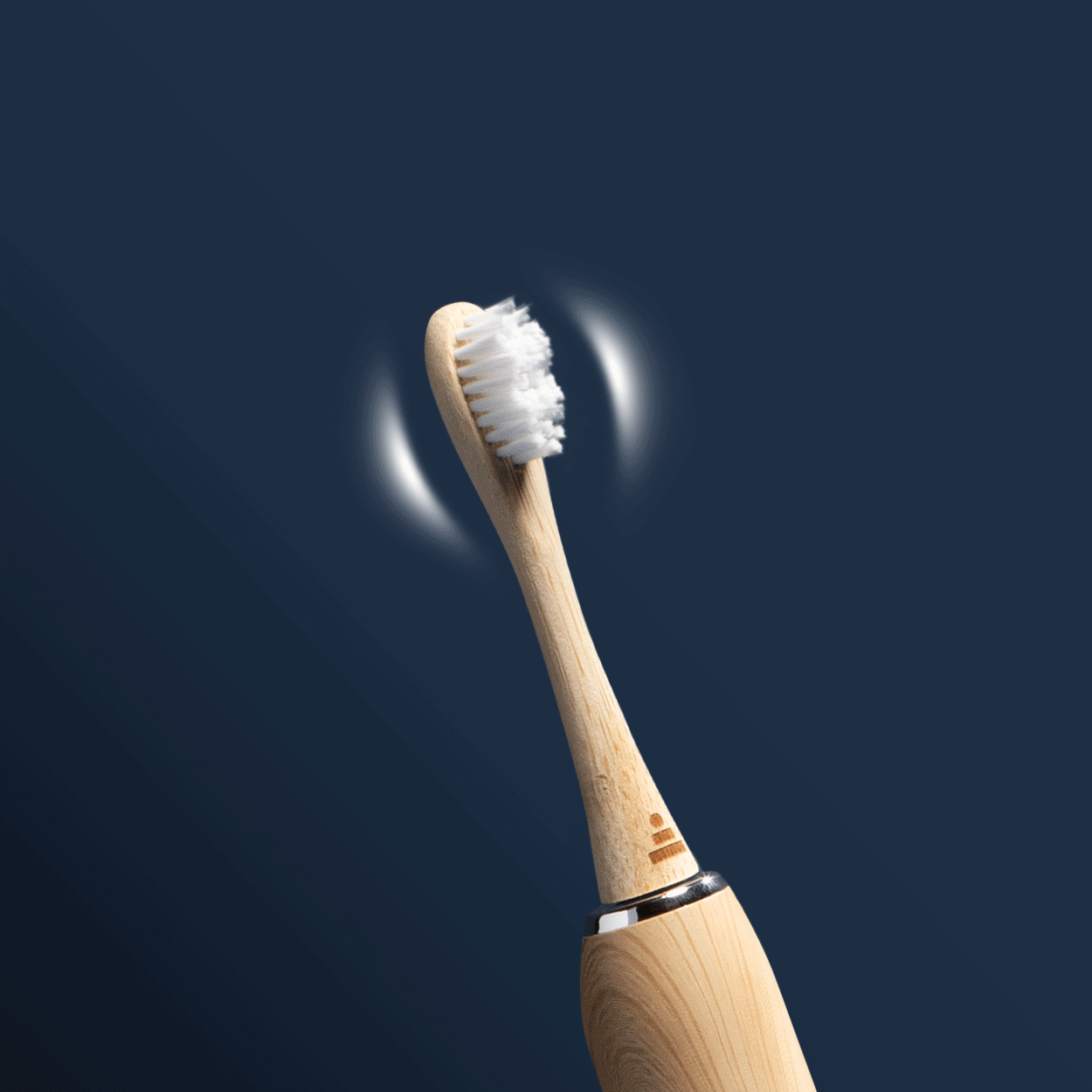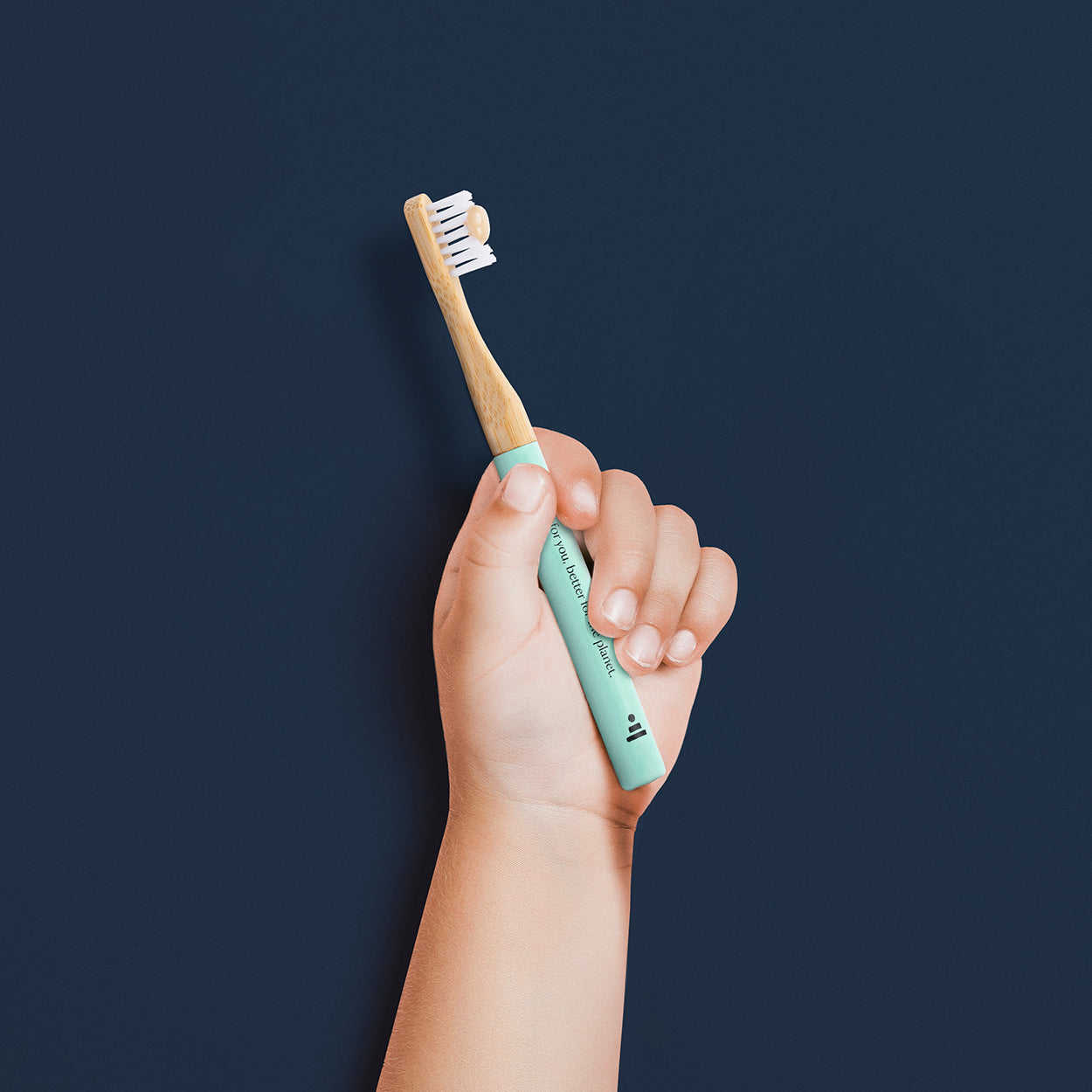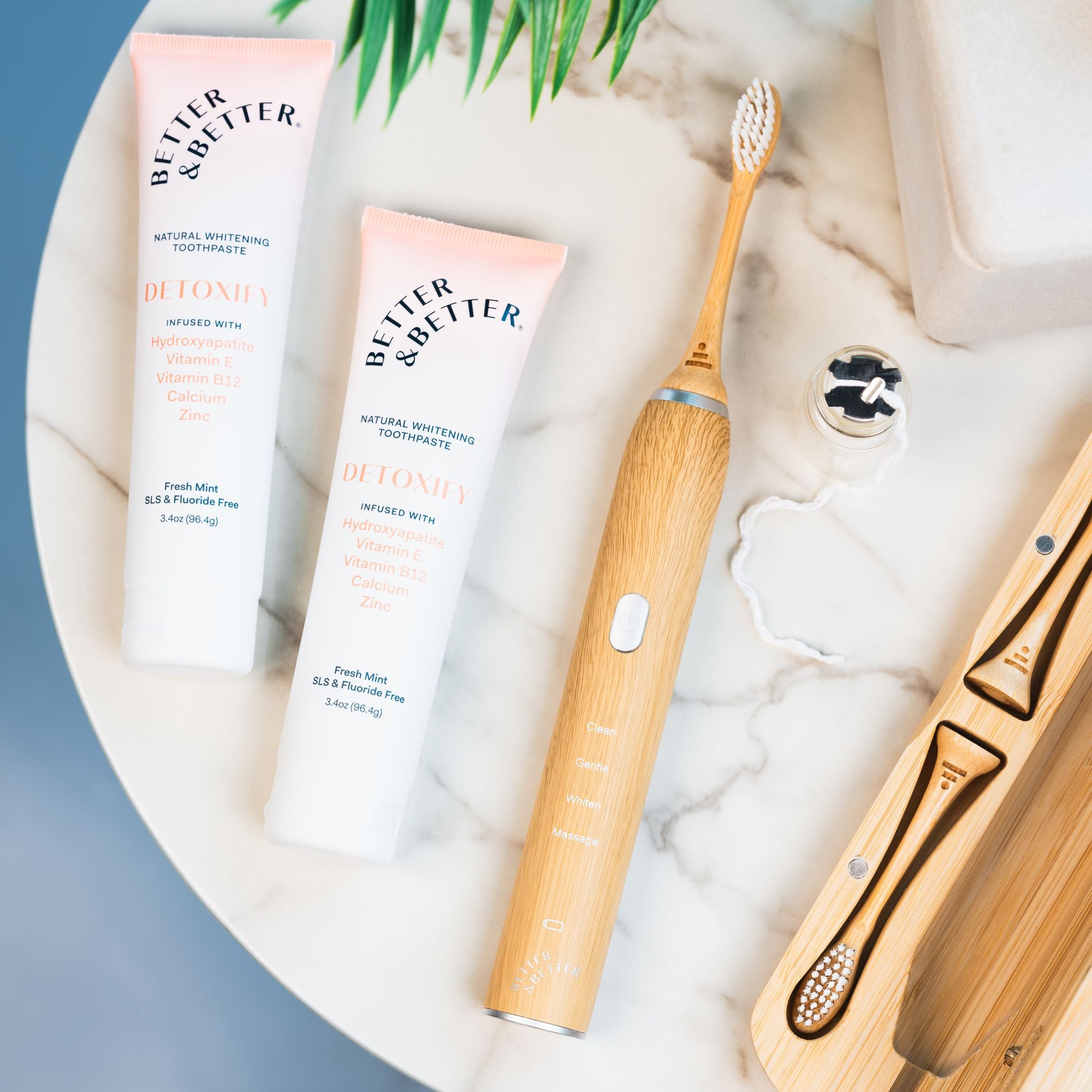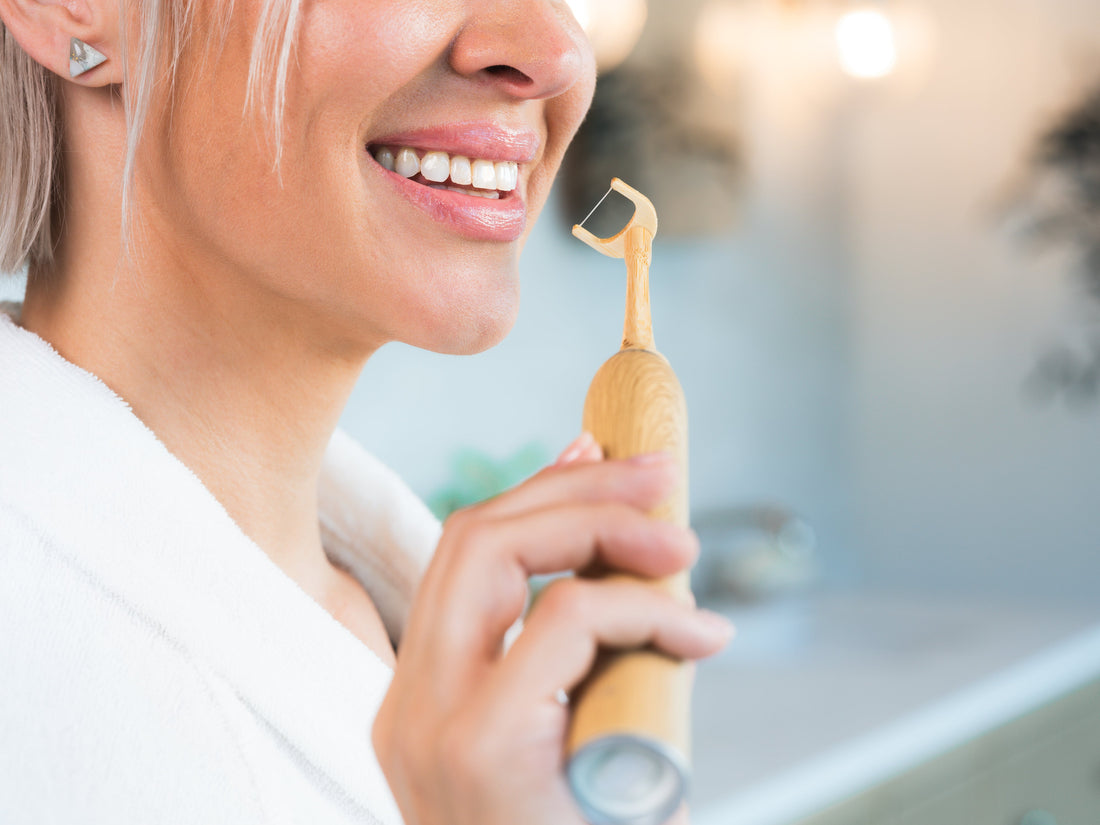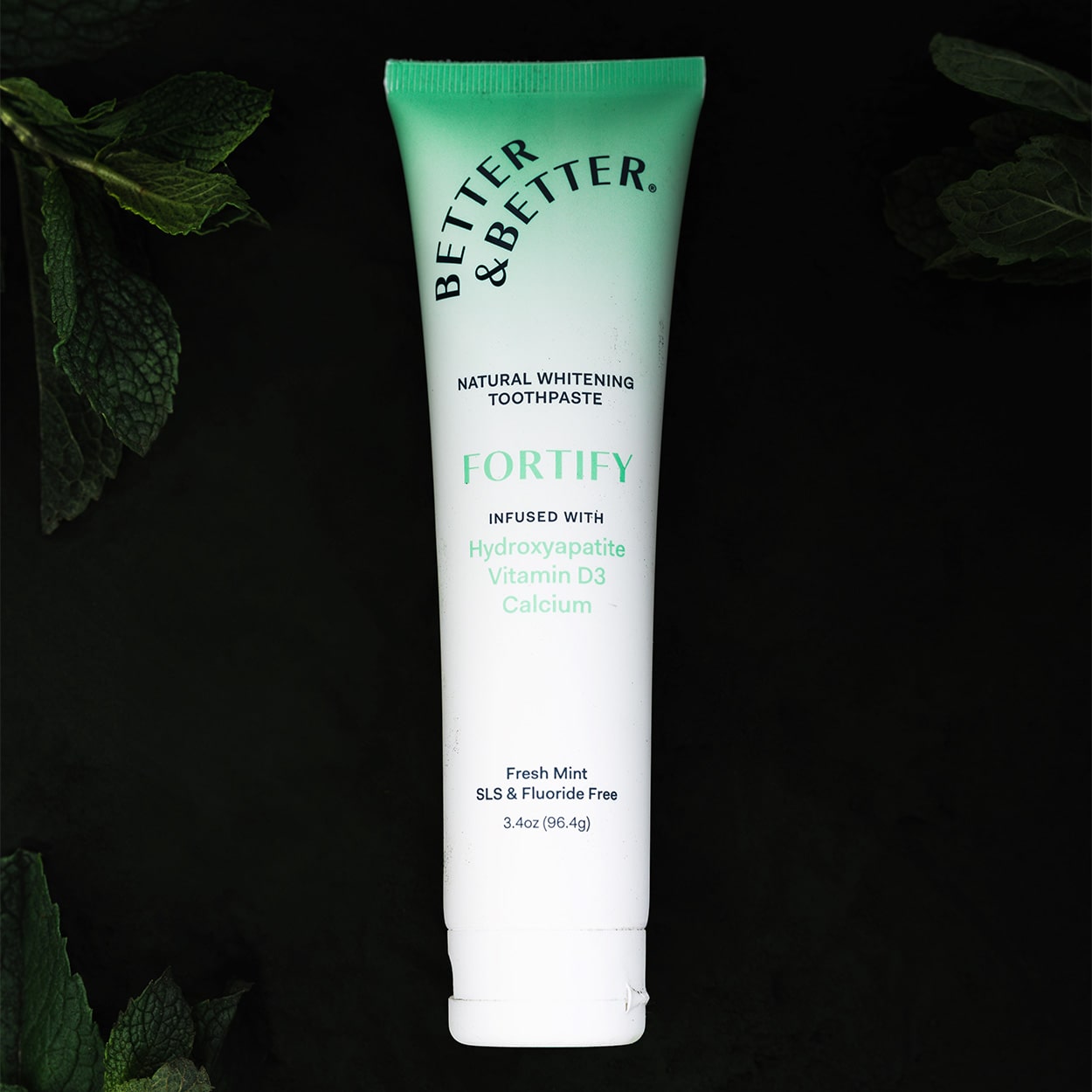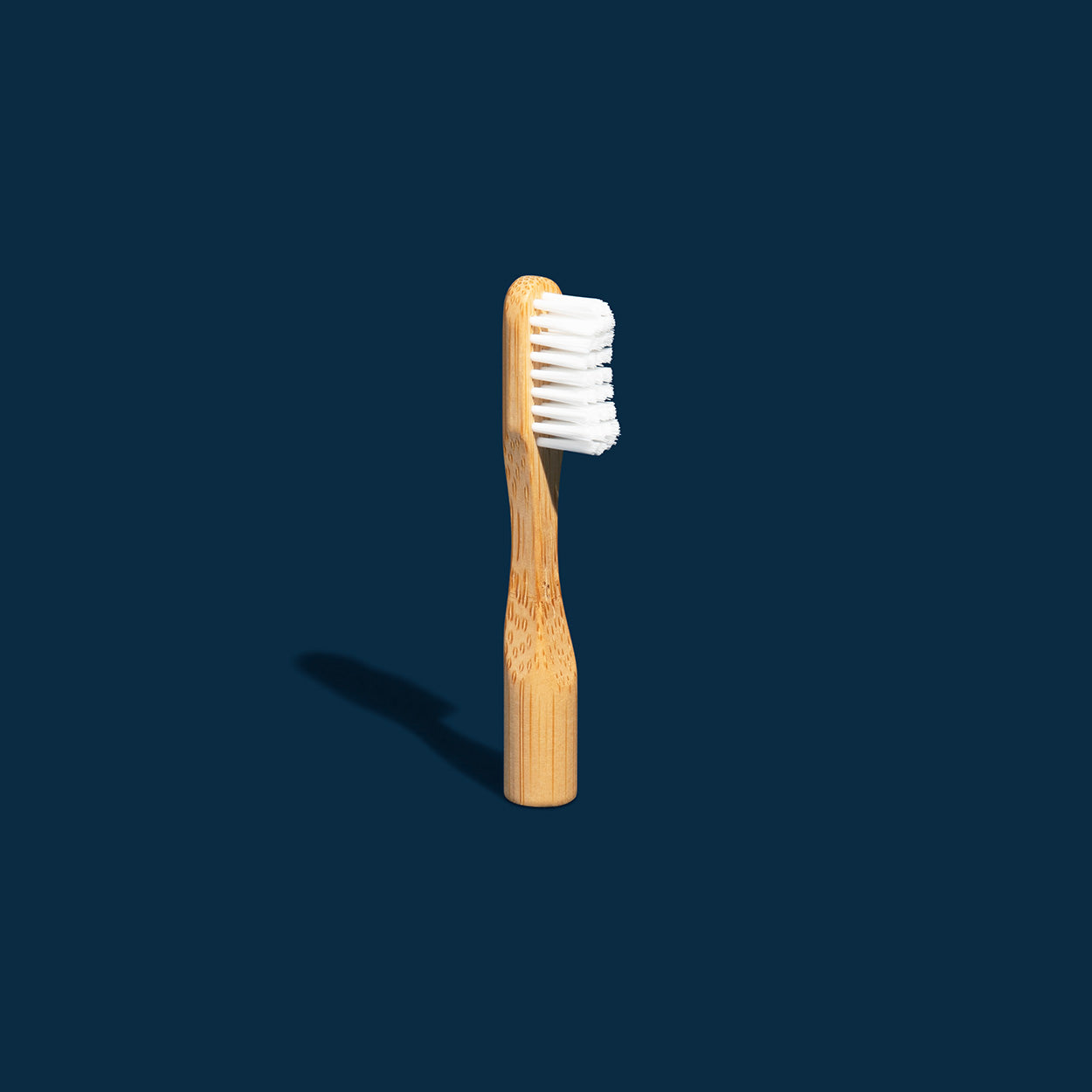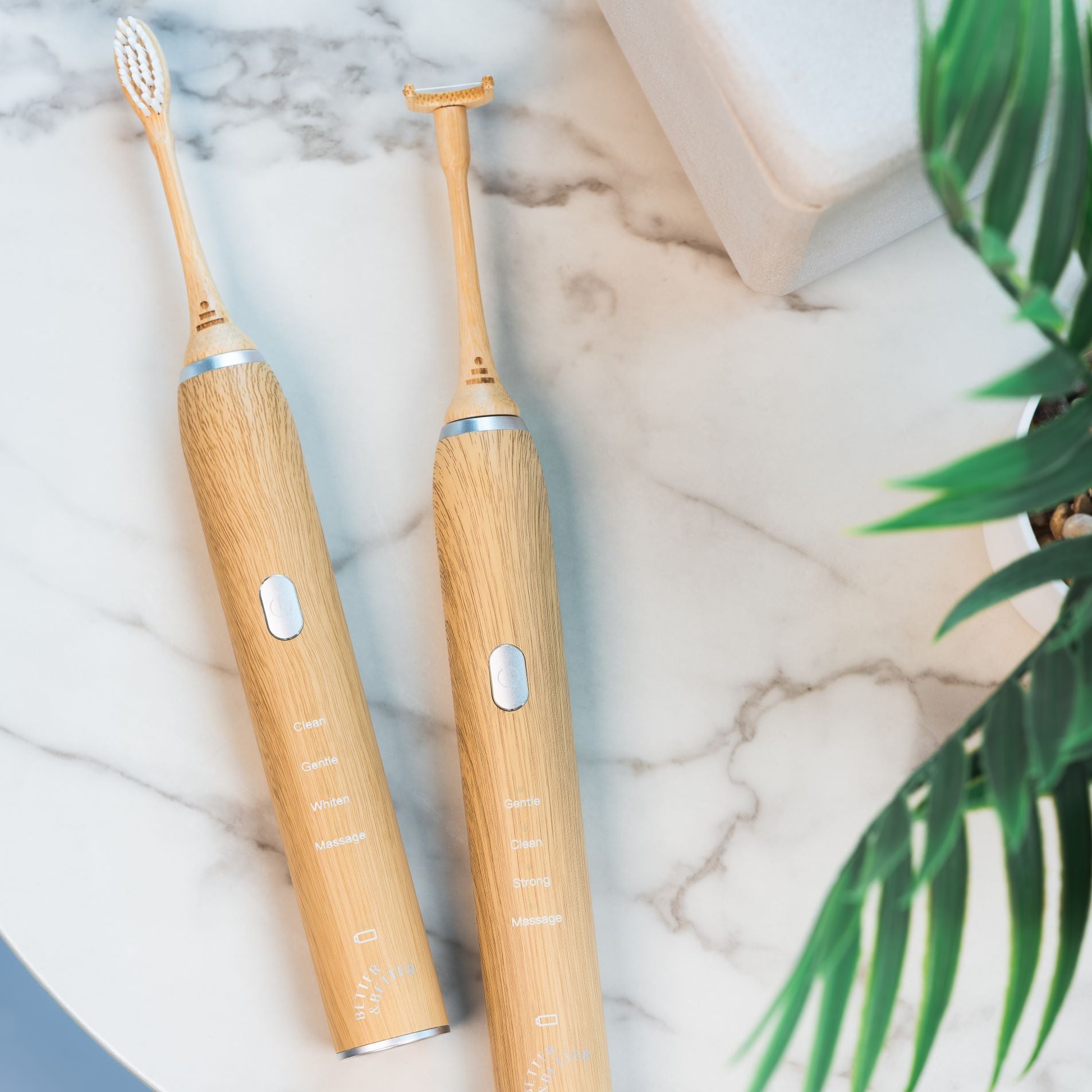Tooth enamel is one of the most impressive parts of the human body. Despite being paper thin, it’s stronger than steel and lets you chew, bite, and crunch without hurting your pearly whites.
But sometimes there’s a glitch in the body’s system that makes enamel weaker than normal. This is called enamel hypoplasia: a conditionthat denotes thin or absent tooth enamel.
Your body can’t create or repair enamel on its own, so if you notice any changes in color or sensitivity, it’s important to see a dentist ASAP to protect your teeth.
In this article, we’ll explore the causes of enamel hypoplasia, treatment options, and what type of toothpaste is best to combat it.
What Is Enamel Hypoplasia?
Enamel hypoplasia is a dental defect characterized by weak or insufficient tooth enamel. It usually affects baby teeth during childhood, but it can also affect permanent teeth during adulthood.
The common signs are pits, grooves, and white spots on the outer surface of the teeth. It can also make the affected teeth unusually small and prone to decay.
Researchers have found at least 14 types of enamel hypoplasia. But before we dive into the details, let’s do a quick primer on enamel.
Dental enamel is the thin, clear, hard layer on the crown of your teeth. Enamel consists mostly of mineral compounds and protects dentin, the yellowish tissue that makes up the bulk of your teeth. Enamel formation begins during infancy when ameloblasts produce enamel matrix which mineralizes into tooth enamel.
However, certain factors can interfere with enamel development, leading to enamel hypoplasia. (“Hypo” means less than normal and “plasia” means formation or growth.)
Many cases of enamel hypoplasia are genetic, but it can also stem from environmental factors like nutrient deficiencies (more on this later).
Enamel Hypoplasia Symptoms
Many symptoms of enamel hypoplasia are noticeable, but others are easily overlooked until they cause bigger oral health problems. Here are the most common signs of hypoplastic teeth:
- Tiny grooves, pits, or lesions on the outer surface of the tooth
- White spots on the surface of the teeth (usually on the central incisors)
- Tooth sensitivity to heat or cold
- Yellow or brown tooth discoloration
- Frequent dental caries (AKA cavities)
- Tooth decay or tooth loss
What Causes Enamel Hypoplasia?
The primary cause of enamel hypoplasia is genetics. However, it can also be caused by environmental factors such as malnutrition, trauma, or infections. Let’s break down both types of enamel hypoplasia and their causes.
Genetics
Hereditary enamel hypoplasia is a developmental defect that disrupts enamel formation during early tooth development. Certain gene mutations can inhibit matrix formation, resulting in thin, soft, or weak enamel.
This type of enamel defect (also called amelogenesis imperfecta) is rare, affecting about 1 in 14,000 people in the US according to the National Library of Medicine. Hereditary enamel hypoplasia might only affect one tooth, but in severe cases, multiple teeth can be affected.
Environmental Factors
Enamel hypoplasia can also be caused by a variety of external factors, from injuries to micronutrient deficiencies:
- Tooth injuries
- Viral or bacterial infections
- Calcium deficiency
- Vitamin A deficiency
- Vitamin C deficiency
- Vitamin D deficiency
- Fluorosis (too much fluoride)
- Low birth weight
Treatment Options for Enamel Hypoplasia
Since enamel can’t repair itself, early treatment for enamel hypoplasia is crucial to prevent serious damage. Treatment will depend on the severity of the condition and how many teeth are affected, but here are some common approaches:
- Resin-based composite fillings: these are made to match your natural tooth color, making them ideal for front teeth
- Resin-bonded sealants: these add a protective barrier over permanent molars
- Amalgam fillings: metal-based fillings that are typically reserved for permanent molars
- Dental crowns: caps that cover the entire tooth
- Professional teeth whitening: this can improve the esthetic appearance of discolored teeth
Can You Prevent Enamel Hypoplasia?
Hereditary enamel hypoplasia can’t be prevented. That said, there are several ways to reverse the condition’s progression. You should always ask your dentist for personalized tips, but here are the basics:
- For children, schedule a visit with a pediatric dentist ASAP
- Avoid sugary and acidic foods and drinks
- Practice good oral hygiene: brush twice daily, floss once daily
- Go in for dental checkups twice a year
- Take vitamin A, C, and D supplements to fill any nutritional gaps (pro tip: you can brush with vitamins to cover two habits at once)
Protect Your Teeth Every Time You Brush
For 70+ years, fluoride has been the go-to ingredient for protecting teeth. But we decided oral care was overdue for an upgrade, so we made Fortify: our remineralizing hydroxyapatite toothpaste.
That’s a mouthful (pun totally intended) but here’s the gist: hydroxyapatite is a naturally-occurring mineral that protects and strengthens teeth from the inside out—without the toxic effect of fluoride.
Fortify is like a coat of armor you put on your pearly whites every time you brush. Don’t take our word for it, though—GQ named Fortify the best toothpaste of 2022.
Want to learn more? Check out our ultimate guide to hydroxyapatite toothpaste.


